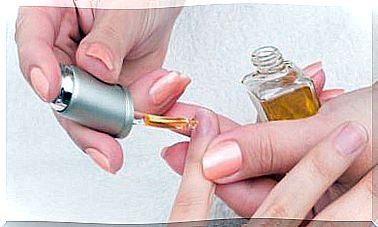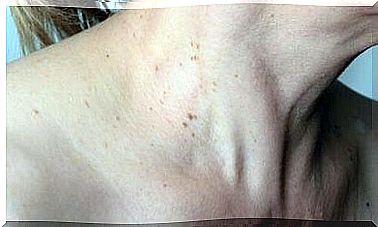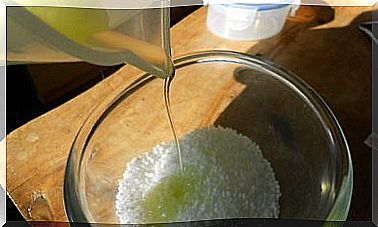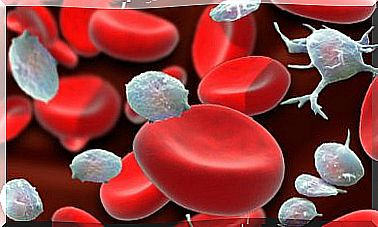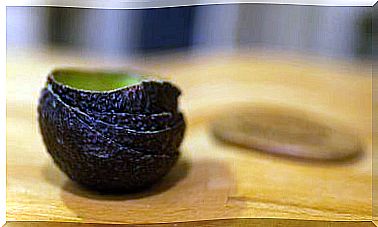Exercises For Goose Foot Tendonitis
Practicing certain rehabilitation and stretching exercises can help relieve goose foot tendonitis. What activities are recommended? This time we detail some simple ones.
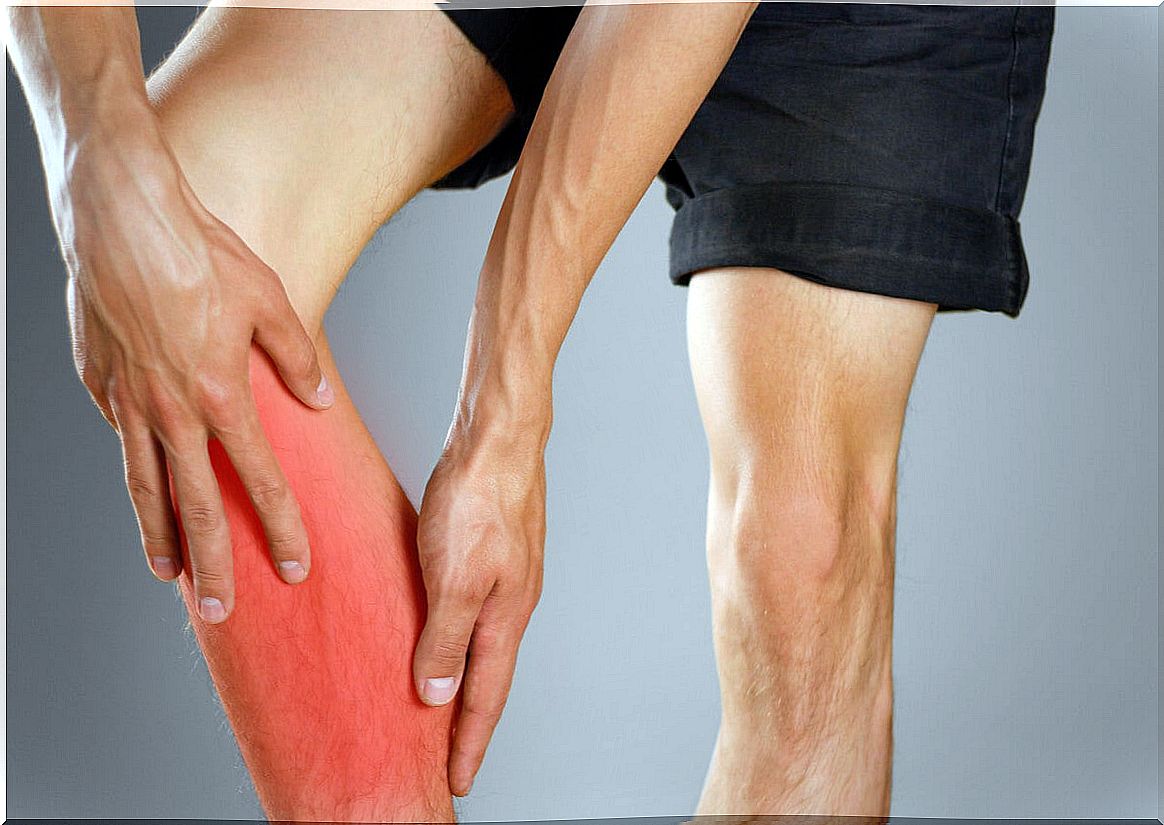
Exercises are helpful in the goose foot tendonitis recovery process. This condition occurs when the insertion tendons of the muscles that make up the so-called “goose foot” or “pes anserinus,” that is, the semitendinosus, the internal rectus, and the sartorius, become irritated or inflamed.
They are located on the inner side of the knee, below the joint line. They suffer this injury due to gait problems, muscle imbalances, pelvic instability or any activity that involves muscle overuse.
Although its initial treatment is based on the use of anti-inflammatories and local applications of cold, it is also necessary to incorporate some basic exercises into the routine to facilitate its recovery. What are the most recommended? We detail them below.
Useful exercises for goose foot tendonitis
As with other types of tendinitis, goose foot causes pain and difficulties in exercising normal joint movements. Pain often increases when feeling the inside of the knee or when performing activities that involve, for example, running or bending over.
At first, in addition to anti-inflammatory drugs, it is recommended to rest so as not to further complicate the injury. However, after a few days, it is best to do some exercises to avoid atrophy of the quadriceps and abductors. How to start?
Exercises with a foam roller
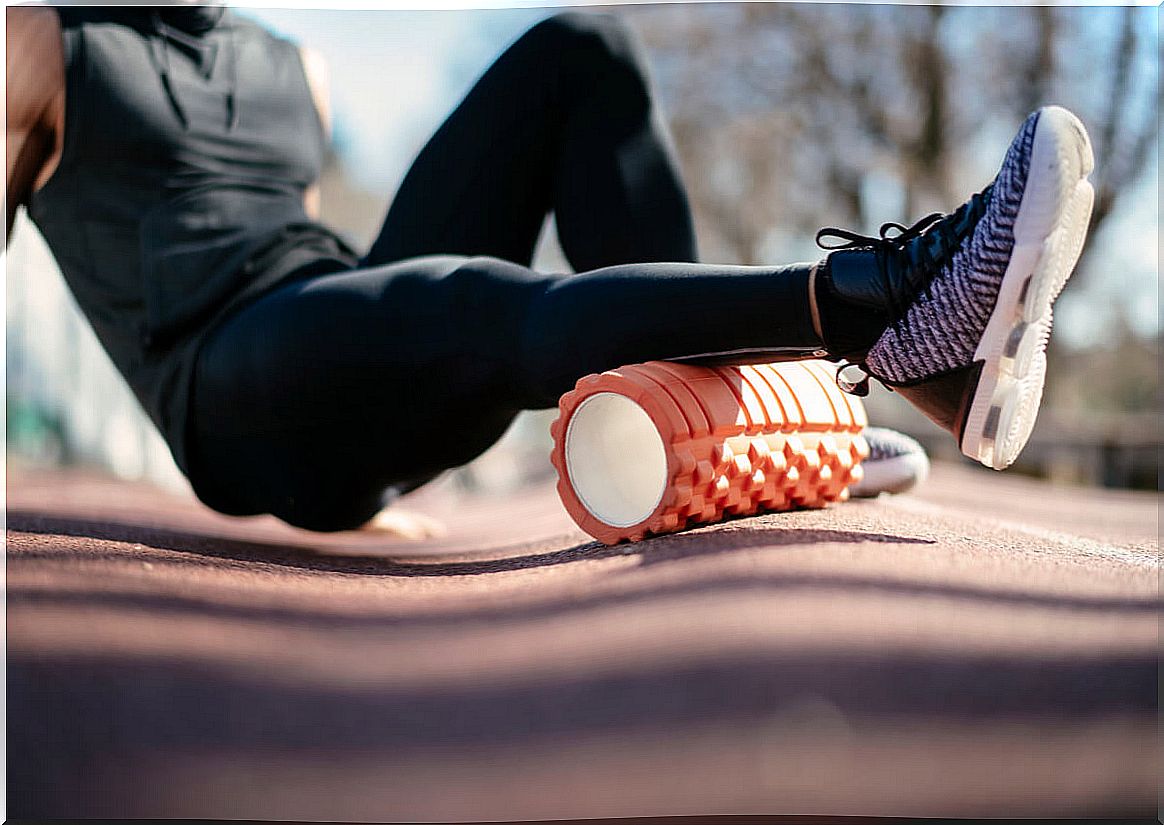
The practice of exercises with a foam roller has become common in physical therapy. This element facilitates the performance of some activities that contribute to rehabilitation against injuries such as goose foot tendonitis. Let’s see some ways to use it.
Hamstring relaxation
- First, sit on the floor with your legs extended forward.
- Next, position the foam roller below the hamstrings of the affected area.
- Lift your glutes a little and roll along the tendons.
- Move slowly and do 10-12 reps.
Quadriceps relaxation
- This time, start by leaning on four.
- Extend your injured leg back and place the roller under your quadriceps.
- As in the previous case, you will roll it slowly, this time along the thigh.
- Do 10 or 12 repetitions and rest.
Exercise on the goose foot
- Stay in all fours position and lift the affected knee.
- Now, put the foam roller just below the goose foot, that is, on the inside of the knee.
- Roll the roller back and forth for 10-12 reps.
Stretching exercises for goose foot tendonitis

When it comes to supporting the recovery process from goose foot tendonitis, stretching exercises should not be lacking. As detailed in a study published in the British Journal of Sports Medicine , stretching programs help increase muscle flexibility and complement tendon injury rehabilitation.
Supported hamstring stretch
- To perform this exercise, stand in front of a chair or table.
- Next, place the leg you want to stretch on the surface.
- Keep your chest and back straight and, from this position, lean forward a little with your hips, until you feel the stretch in the back of your thigh.
- Do between 5 and 8 repetitions.
Quadriceps stretch
- First, kneel on the floor or on a mat.
- From this position, and without arching your back, pull your trunk back, helping you with your arms. The hands should be the fulcrum on the ground.
- The knees should not be raised off the ground and the feet should be directed backwards.
- Hold the pose for a few seconds and relax.
- Do between 5 and 8 repetitions.
Butterfly pose stretch
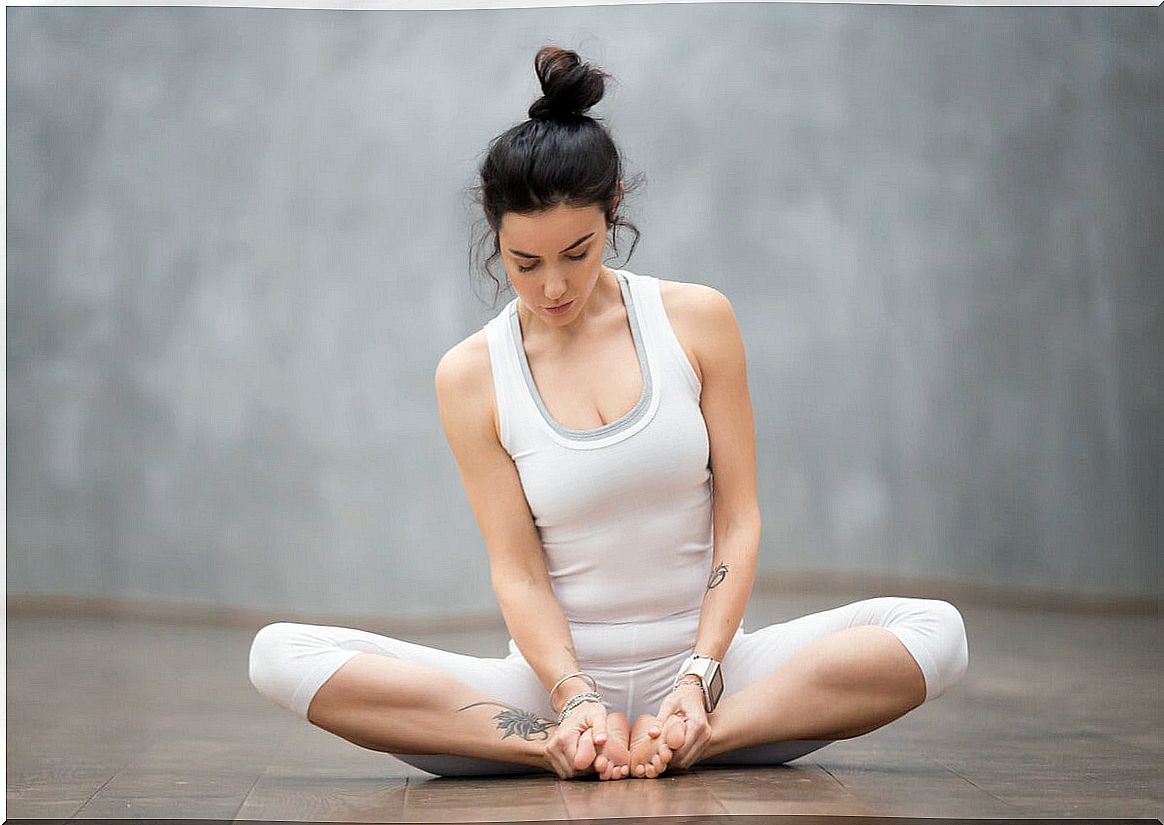
- To do this pose, sit with your knees bent outward so that the soles of your feet are facing each other.
- Avoid arching your back and bring your upper body forward.
- Also, try to press your knees down a bit with your elbows to feel the stretch in your inner thighs.
- Hold the position for about 30 seconds and rest. Then, try to hold on a little longer, up to a minute.
- Do 3 or 5 repetitions.
Consulting the specialist is important
While it is true that these exercises can help to obtain relief from goose foot tendonitis, it is best to consult your doctor and physical therapy specialist. Determining the severity of the injury is key to more successful treatment.
And it is that, sometimes, another type of approach is required, either with medications, massages, shock wave therapies or even surgery. The professional will be the one to determine which are the best options, according to each case.
